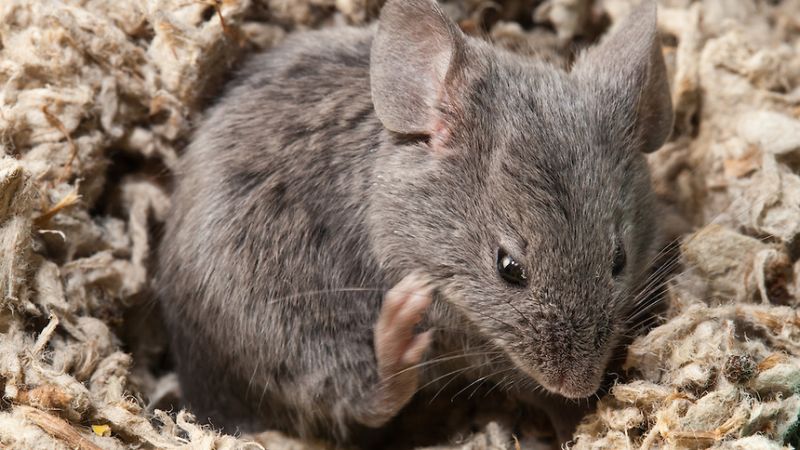Radioactive gel implant treats pancreatic cancer in mice
Pancreatic tumours are highly resistant to conventional radiochemotherapy and pancreatic cancer is the third leading cause of cancer-related death. In conventional treatment radiation beam therapy is combined with chemotherapy. In these experiments on mice radiation was provided from radioactive iodine-131 in a gel injected into the tumour.
The iodine-131 emits beta radiation, which penetrates the biogel and deposits almost all its energy into the tumour without reaching the surrounding tissue. Over time the iodine-131 decays into harmless xenon.
When combined with paclitaxel, a commonly used chemotherapy drug, tests saw a 100% response rate across all mice models, with the tumours being completely eliminated in three-quarters of the mice about 80% of the time. The tests also revealed no immediately obvious side effects beyond what is caused by chemotherapy alone.
The approach, however, is still in its early preclinical stages and will not be available for human use anytime soon.
Source: Nature
Vaccines that prolong the immune response may give better protection
Vaccination typically stimulates B cells from the immune system to produce antibodies against an infection caused by a virus or bacteria for example.
Most vaccines are designed to create a quick and strong immune response, lasting a few weeks. Following this, a few B cells are stored in the bone marrow as long-lived plasma cells, which provide continuing immunity.
Scientists had assumed that all the long-lived plasma cells came from B cells stimulated at the start of an infection. This study showed new B cells were stimulated throughout the infection / vaccination stimulating period, so that by designing vaccines to have a longer immune response, more plasma cells would be stored.
This could potentially improve immune response, but the research did not show this.
Source: New Scientist
Researchers have transplanted human neurons into rat brains
Brain organoids are grown to study human disease but they have limitations. In this research human stem cell-derived cortical organoids were transplanted into the brains of newborn rats. Here they developed mature cell types that integrate into sensory and motivation-related circuits. The implanted cells extend axons throughout the rat brain. Researchers were able to see the implanted cells responding to sensory inputs such as air being blown across the rats whiskers.
To show how the procedure could be valuable for research, the scientists created brain organoids from healthy human cells and others from patients with a genetic disorder called Timothy syndrome and transplanted them into rat brains. The patients’ brain organoids grew to the point that they exhibited clear abnormalities.
The ethical issues raised by this research are discussed in a Guardian Science podcast.
The brain cells that slow us down when we're ill
We tend to eat, drink, and move less when we feel unwell. Most animals also reduce those same three behaviours when they’re fighting an infection. Sickness behaviours have been shown to play an important role in an animal’s recovery from an infection.
Now, a new study pinpoints the cluster of neurones that control these responses. By provoking immune responses in mice, researchers demonstrated that a specific population of cells in the brainstem induce three telltale sickness behaviours. In addition, inhibiting these neurones blunts each of these behavioural elements of the sickness response.
The findings directly link inflammation to neural pathways regulating behaviour, offering insight into how the immune system interacts with the brain.
Source: Nature
Last edited: 2 November 2022 10:48



